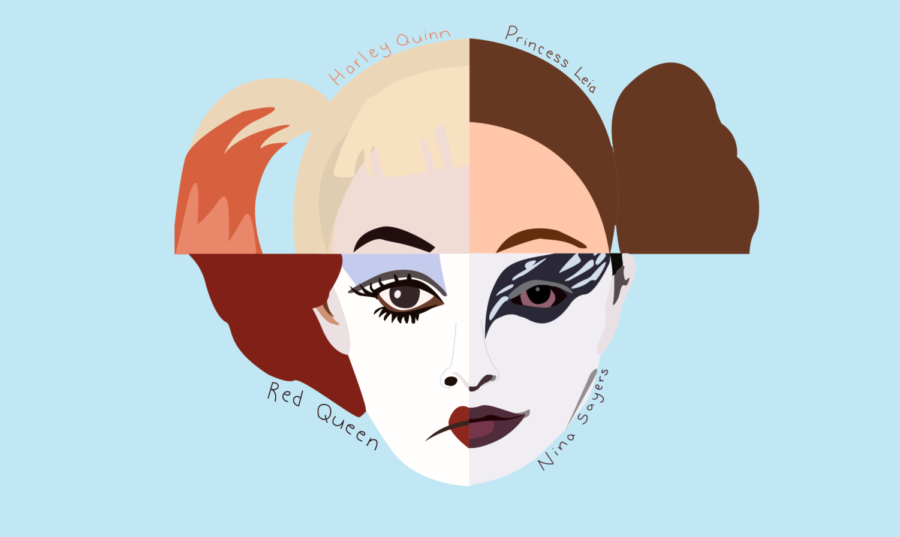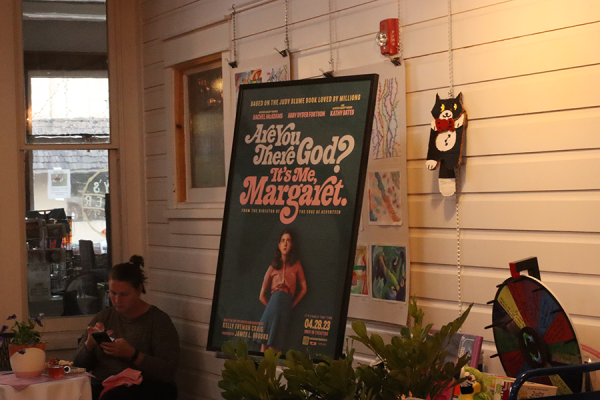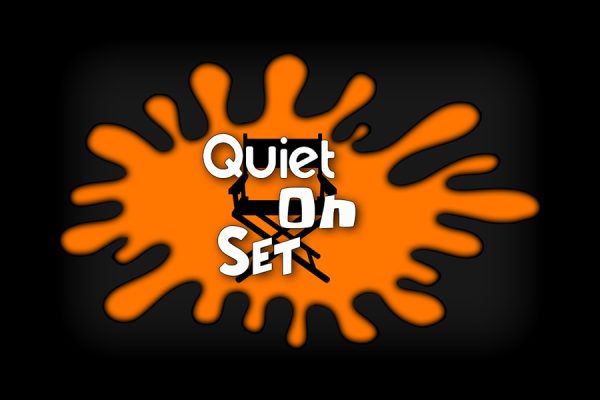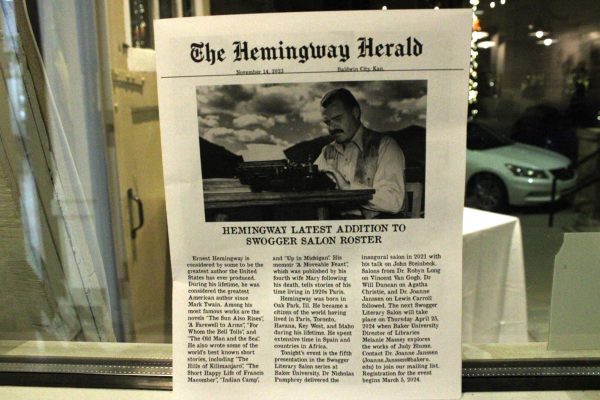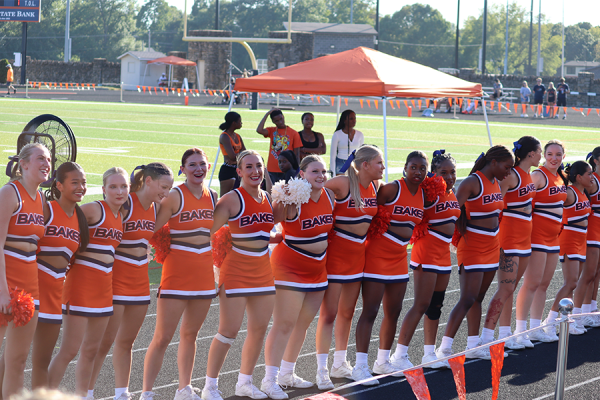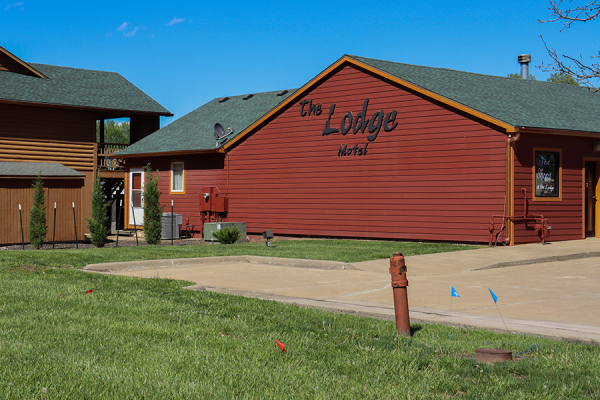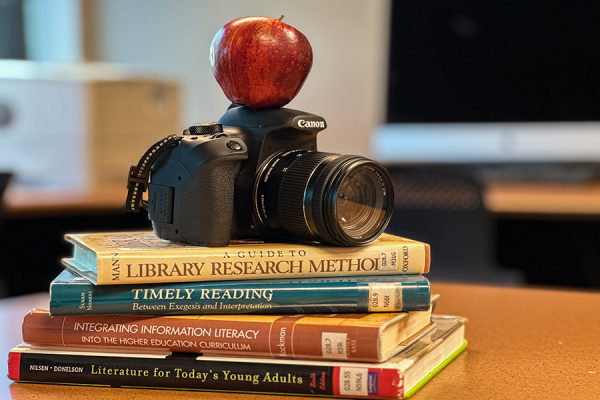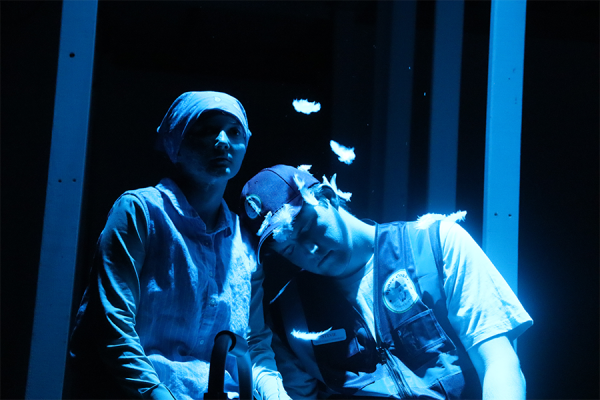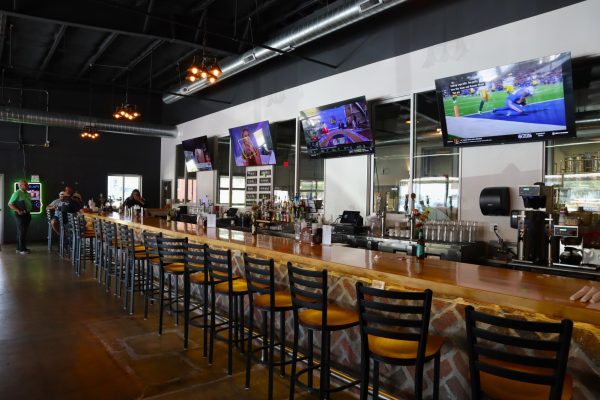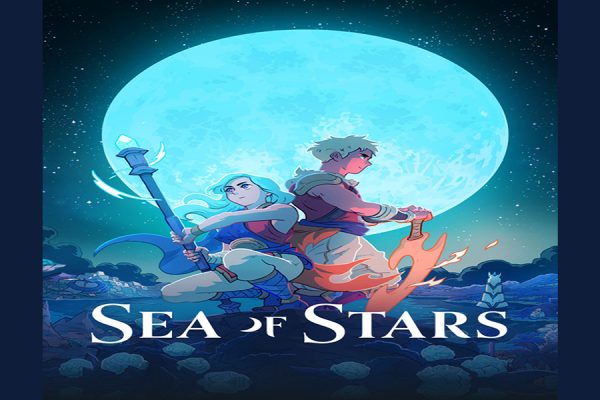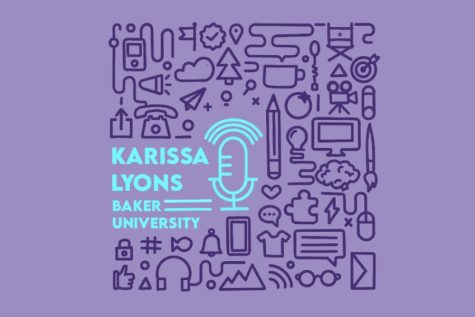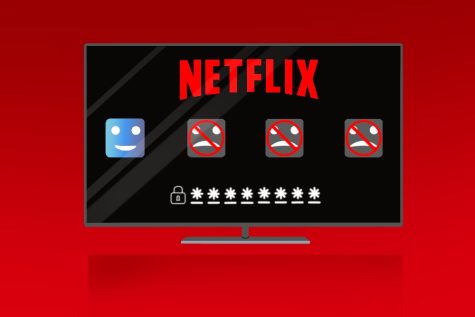Makeup and hairstyling in film: a brief history
Makeup and hairstyling in film have evolved in recent years, highlighting the importance of portraying characters most effectively through appearance.
Makeup and hairstyling have been a part of storytelling in film for many years. Before being a part of the filmmaking process, makeup had been a part of society, with the earliest records of makeup being used in ancient Egypt.
In the early years of filmmaking, actors would wear pink greasepaint, along with black eyeliner and dark red lipstick. This was done to offset the effect of the film that was used. Orthochromatic film stock was used, which had a very limited range of color sensitivity, making red objects appear darker. The extreme makeup was done so it would be able to be seen on camera. Without the makeup appearing very dark and vibrant it would not be seen.
Actors would often apply their own makeup, frequently causing continuity errors as the makeup would differ during scenes. While films and filmmaking were evolving, the process and type of makeup looks evolved as well. The evolution of orthochromatic film to panchromatic film resulted in fewer color issues, making the thick makeup present in the early days much less necessary.
Actor Lon Chaney aided in the evolution of makeup and hairstyling in film by creating many makeup looks for many of his own characters. One of these looks was the character of the phantom from “Phantom of the Opera.”
According to an article from The New York Post, along with Chaney, makeup artist Jack Pierce contributed to the evolution of makeup and hairstyling in films. Pierce worked on films like “Frankenstein” and “The Mummy.” According to the article, while working with Boris Karloff on “Frankenstein”, “Pierce said it took four hours to build Karloff’s look from scratch every morning before filming, using a crude combination of cotton and spirit gum.”
In more recent years, makeup and hairstyling have evolved alongside increased accessibility to better technology.
Many films require extensive research and planning in order to get the makeup and hairstyles exactly right. Without quality makeup and hairstyling, a film can be much less believable to an audience. While creating accurate looks are vitally important to a makeup and hairstylist, adding a personal touch is often equally as important.
Films like Yorgos Lanthimos’ “The Favourite” required precise makeup and hairstyles to perfectly match the time period of early-1700s England, while also having unique touches by the hand of the makeup and hairstylist.
According to an article from Pop Sugar, the lead makeup and hairstylist for “The Favourite” Nadia Stacey was allowed creative freedom when creating the looks.
“I learned everything about the makeup that they would have used and the hairstyle [at the time], so I started to pick those to pieces and add my own slant,” Stacey said.
Despite makeup and hairstyling being an aspect of making a film, the process is not commonly known. In 2011, “Face Off” premiered on Syfy. This reality competition program consisted of professional makeup artists competing against each other. The show was an immense hit, as it provided insight into the process of film makeup and hairstyling.
“Face Off” aired for thirteen seasons, ending its run in 2018. The judges on the show consisted of a board of famous makeup artists. One of these artists was artist Ve Neill. Neill has been nominated for eight academy awards for her outstanding makeup, having won three.
In 1981, the Academy Awards awarded the first award for Best Makeup in a film. The award was limited to just makeup up until 1993 when the hairstyling was added. Since 1981, the Oscar has been awarded to a film every year. The first film to win the Oscar was “An American Werewolf in London.” The title of the award was changed in 2013 to “Best Makeup and Hairstyling” to officially include hairstyling.
According to a 2017 article from Harper’s Bazaar, films have led to many of what are considered to be “iconic” hairstyles. Some of the films mentioned in the article are “Breakfast at Tiffany’s,” the “Lord of the Rings” films, and “Rosemary’s Baby.”
A unique aspect of the award is that the nominees are often films that would not normally be associated with the term “Oscar-worthy.” Some of the films that have won the award have received poor reviews or been not as universally loved by critics as other Oscar winners, but are redeemed by outstanding makeup and hairstyling. Films like “Suicide Squad,” “The Nutty Professor,” and “The Wolfman” are all Oscar winners because of excellent makeup and hairstyling.
For the 2021 Oscars, five films were nominated for Best Makeup and Hairstyling. They were, “Emma,” “Hillbilly Elegy,” “Ma Rainey’s Black Bottom,” “Mank” and “Pinocchio.” These five films were nominated because they were considered by the academy to have been the films with the most exceptional makeup and hairstyling.
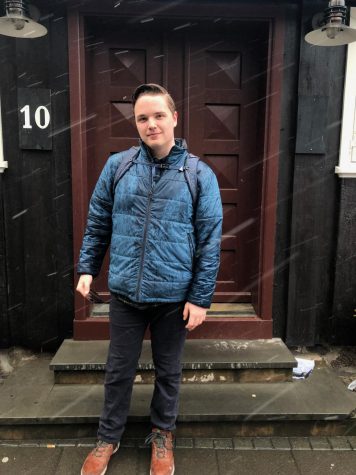
Will Hanson is a senior from Leawood, Kansas. He is a mass media major with minors in English and Psychology and is a member of the Zeta Chi fraternity....


